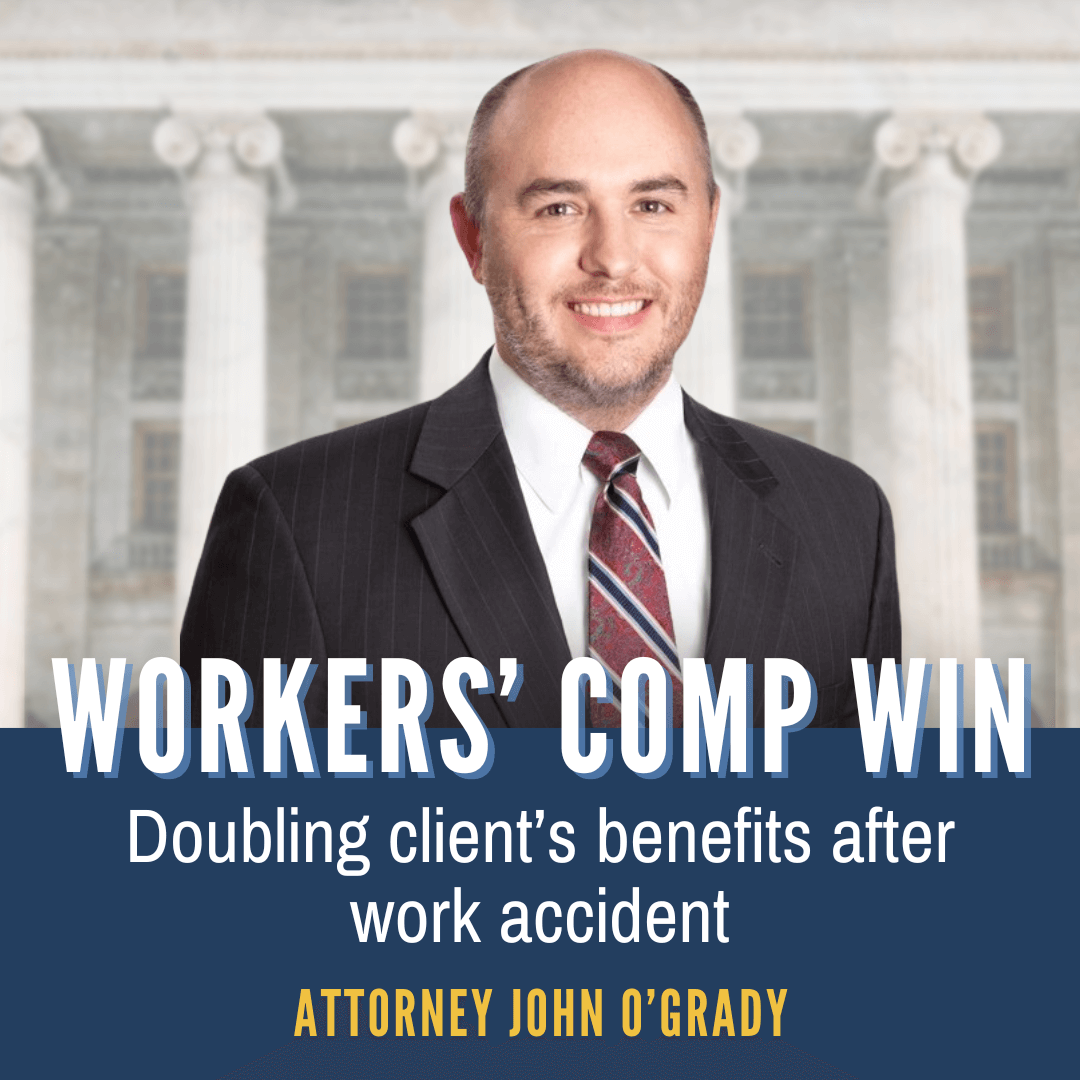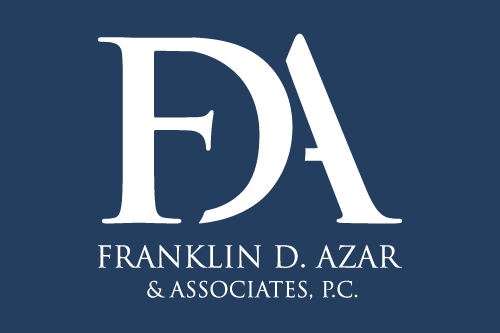Sticker shock is no longer limited to shopping for a car. It’s also a common experience when you receive the bill for your auto insurance. Premiums have been going up, up, up in recent years, far exceeding the rate of inflation. Since 2015 rates have gone up 15 percent nationwide, according to the Consumer Price Index, while the prices of other consumer goods increased by only four percent in the same period.
According to a new report by The Zebra, an online search service that tracks car insurance rates, the national average annual premium for car insurance is now $1,427, a 20 percent increase over 2011. But actual rates vary wildly from state to state and even city by city. Car insurance costs in the Rocky Mountain region, which had the lowest rates in the country seven years ago, have been climbing steadily. Rates in the Denver metro area have gone up 50 percent since 2011, more than double the national pace.
What’s behind the surge? Colorado’s unpredictable weather — including a record-setting hail storm last spring — is one culprit, but hardly the only one. Rising prices of auto parts, increased mayhem on the highways, and even the state’s booming economy all play a role, too. “There are more people on the road now than in the past several years, thanks to lower gas prices and other factors,” observes The Zebra executive chairman Adam Lyons. “Increasing population density, drivers, harsh Colorado weather, and traffic means a higher chance for accidents, more claims filed from those accidents, and therefore an increase in area car insurance premiums.”
Aside from obvious considerations such as your driving history, insurance companies use wide-ranging, complex sets of data to determine the “insurability” of applicants, including traits that may appear to have little to do with your ability to safely operate a vehicle. “In the crazy, mixed-up world of car insurance, credit ratings and college diplomas can have a bigger bearing on car insurance premiums than someone’s driving record,” a Washington Post columnist recently noted.
At the same time, some of the options that you might expect would save you money on premiums turn out to make little difference. Although new cars have more elaborate anti-theft and safety technology devices, you’re unlikely to receive much of a break for having them, The Zebra reports, because the added expense of replacing the high-tech systems in the event of an accident cancels out the supposed savings. Products that share your driving data with insurance companies in order to better assess your insurability, such as Progressive’s Snapshot or Drivewise from Allstate, turn out to reduce rates by an average of less than one percent, the site found.
But that doesn’t mean consumers are stuck with soaring premiums and no way to get them under control. Doing a little comparison shopping on at least an annual basis is a good idea. Not recommended: cutting back on liability or uninsured motorist coverage, for reasons we explained in this previous post. Instead, here are five tips that could help trim your car insurance costs substantially, without sacrificing important coverage:
- Turn off your cell. One of the most fundamental, driving forces behind the hike in insurance rates is the increasing number of serious crashes, with a fatality rate that’s the highest it’s been in a decade. And a primary contributor to accidents these days, along with alcohol and speeding, is distracted driving, which now accounts for ten percent of all traffic fatalities. It makes sense to put the phone down, not only to protect yourself from injury but also to avoid the increasing number of traffic violations you can incur for not-so-smartphone use behind the wheel. Accidents are always bad news for your insurance rate, but most drivers don’t realize that just a ticket for texting while driving can boost your premium by an average of 16 percent.
- Bundle up. In the insurance business, choosing to buy policies for multiple types of coverage from the same company remains one of the more reliable paths to savings. The Zebra’s report found that the average homeowner saved close to ten percent by carrying auto and home insurance together. The savings was about half that when auto coverage was combined with renters insurance, but check out bundling for discounts that might not be available to the unbundled.
- Get married. It’s not the most romantic reason for tying the knot, but marital status is one of the data points that insurance companies use in calculating your premiums. The companies know that married couples share driving responsibilities, and that supposedly reduces risk and the likelihood of a claim. As a result, married drivers typically pay less — about six percent less — for car insurance than motorists who are single, divorced, or widowed.
- Fix your credit. You may not see much of a connection between your driving and your credit score, but the insurance companies do. Government studies suggest that drivers with low credit scores are more likely to file a claim than those with high scores, and that those claims are going to cost a lot more. Consequently, drivers with poor credit may pay double what those with outstanding credit pay for car insurance. The Zebra report acknowledges that some states don’t allow insurance companies to use credit scores in determining rates; but in those that do, working to improve your score from “poor” to “average,” or from “average” to “good,” can save you a whopping 18 percent a year on your premiums.
- Consider a higher deductible. By increasing the deductible on your collision coverage, you’re basically betting your insurance company that you’re not going to have a claim that requires you to pay that higher out-of-pocket amount. But if you have a solid driving record and no at-fault accidents in years, this move is worth considering. According to Consumer Reports, raising the deductible from $200 to $500 can reduce the premium for collision by as much as 30 percent; raising it to $1000 could bring the savings to 40 percent. Do that several years in a row, with no claims, and you’re well ahead of the game.
If you or a loved one is involved in a car accident, contact the offices of Franklin D. Azar Car & Truck Accident Lawyers. For the past thirty years, Frank Azar and his team of auto accident lawyers have successfully represented thousands of injured clients, fighting to get them the compensation they deserve. Call us for a free consultation or contact us here.



